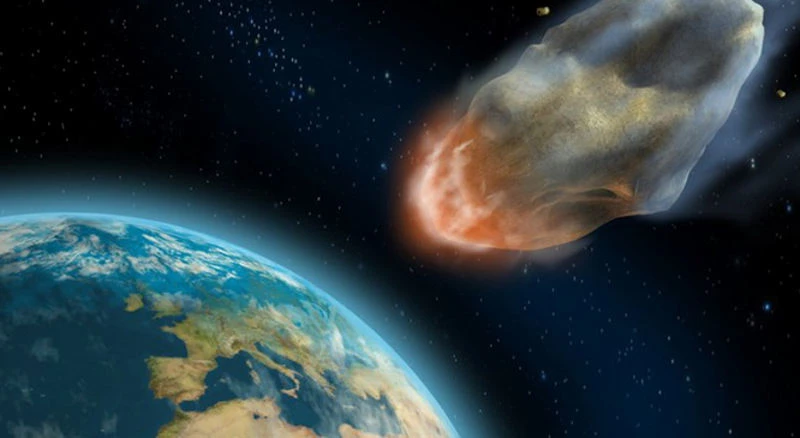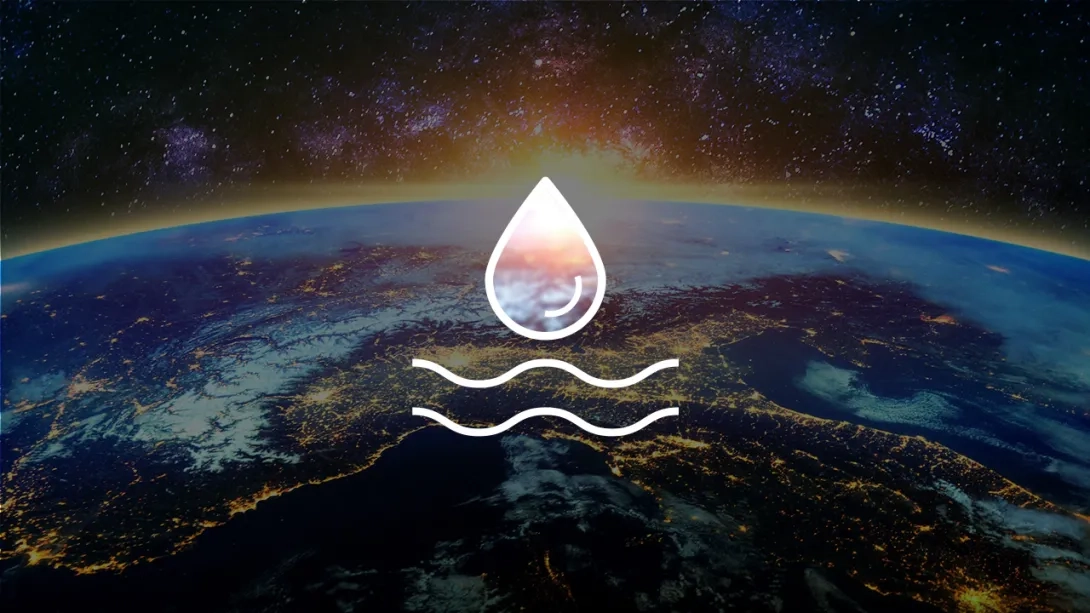Water is the foundation of all living things on Earth, but where did it come from, and how did it accumulate into vast oceans? Science does not have a simple and clear answer to this question. Some theories seem more realistic, while others less so, but there is still no definitive answer to the question: "How did water appear?"
Earth is a unique planet with oceans of liquid water. It is far enough from the Sun to prevent water from evaporating, yet close enough to keep it from freezing. This uniqueness made it possible for life to spread on the surface of our planet.
How much water is on Earth?
Despite the fact that the world's oceans cover 71% of the Earth's surface and contain about 1.4 × 10²¹ kg of water, oceanic waters make up only 0.023% of the Earth's mass. Additionally, about 0.5 × 10²¹ kg of water is found in glaciers, rivers, lakes, underground reservoirs, and even in the atmosphere. A significant amount of water is also stored in the Earth's crust, mantle, and core — not in a liquid molecular state, but as part of crystal hydrates and other compounds. It is currently impossible to accurately estimate the real amount of water in the Earth's crust, but the approximate volume equals three world oceans.

How did water appear on Earth?
Earth could not have originally formed with existing oceans of water since, during the Earth's formation, the Solar System was extremely hot. Therefore, water came to Earth from space. Recent studies suggest that water most likely arrived on Earth with icy planetesimals, similar to modern asteroids from the outer part of the asteroid belt.
Geological data from the study of rocky formations indicate that water was present on Earth 3.8 billion years ago, or possibly 4.28 billion years ago. No research currently confirms the existence of a global ocean at an earlier date. Importantly, the theoretical basis for this being the "first" water on Earth is the fact that approximately 4.5 billion years ago, the Moon formed as a result of a massive collision with Earth.
Water has a relatively low condensation temperature (the transition from vapor to liquid state), and since Earth was extremely hot during its initial formation, water could not have remained on the planet. Meanwhile, in regions farther from the Sun, water could condense and form icy planetesimals. Therefore, the hypothesis of water's cosmic origin is scientifically sound. This theory posits that comets, trans-Neptunian objects, or meteorites containing water brought it to Earth through collisions.
One method that helps researchers study this complex issue is analyzing the ratio of regular hydrogen atoms to isotopes — deuterium and protium. The ratio of ordinary hydrogen, deuterium, and protium suggests that asteroids were the most likely source, even though the isotope concentrations measured in comets and trans-Neptunian objects do not perfectly match the Earth's water.

Scientists have not yet given a definitive answer regarding the mechanisms of water accumulation. There are several hypotheses that we outline below.
One theory states that water began to accumulate on Earth about 4.5 billion years ago, when the planet had only 60-90% of its current mass, and has remained on the planet ever since. This assumption is supported by the similarity between the isotopic composition of water and the oldest carbonaceous meteorites, although other studies indicate that the upper layer of the Earth has different isotopic compositions. Thus, the internal and external parts of the Earth have different origins.
Accordingly, the second theory asserts that water formed after the "lunar impact," that is, later than 4.5 billion years ago, as a result of materials brought to the planet that were highly "watery."
The third hypothesis suggests that Earth received its water as a result of the Moon-forming planetary collision.
All three theories have the right to exist and may overlap with each other, explaining the appearance of water on Earth.








